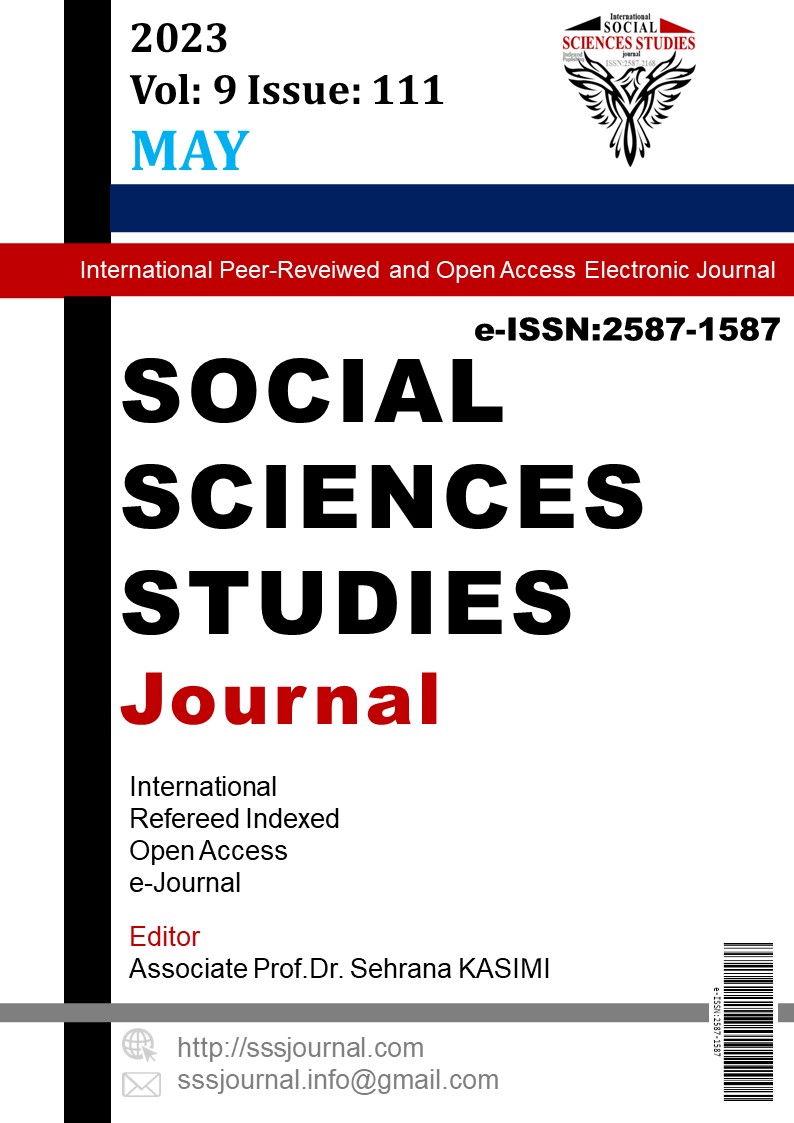Author :
Abstract
İslâm kitap sanatlarında minyatürlü yazmaların üretim biçimi, geleneksel olarak kolektif bir çalışmaya dayanır. Merkezî bir yönetim sistemi içinde, saray ve çevresinin hamiliğinde üretilmiş bu yazmalar, üretildikleri dönemin sanatsal eğilimlerini ve etkileşim içinde oldukları diğer kültürel unsurları yansıtır. Ancak çoğu imzasız olan bu yazmaların üretiminde çalışmış sanatçıların kimlikleri ve kişisel üslûplarıyla ilgili bilgiye nadiren ulaşılabilir. Az sayıda olan imzalı örnekler ise, sanatçının bağlı bulunduğu okula/üslûbuna ilişkin önemli ipuçları sunar ve üslûp bakımından değerlendirmeler yapmaya imkân tanır. Örneğin, eğer sanatçı başka bir sanat merkezinden (nakkaşhane/kitabhane) gelmiş ya da getirilmişse, geleneklerini sürdürdüğü okulun etkilerini tespit etmek ve imzasının bulunmadığı ancak imzalı örneklerle benzerlikler taşıyan yazmaların üretildikleri sanat okuluna ilişkin atıfta bulunmak mümkün olur. Bu bakımdan, İslâm kitap sanatları alanında önemli bir yere sahip olan Özbek Hanlığı dönemi (1500-1599) sanatçılarından Mahmud Müzehhib’le ilişkilendirilen minyatürler dikkate değerdir. Bu çalışmada, Mahmud Müzehhib’in imzasının bulunduğu ve ona atfedilen bir grup yazmada yer alan minyatürler, biçimsel bakımdan (kompozisyon özellikleri, renk ve doğa elemanları) değerlendirilerek Buhara minyatür okuluna ilişkin bir tipolojiden söz etmek amaçlanmıştır.
Keywords
Abstract
The production of illustrated manuscripts in Islamic book arts is traditionally based on a collective work. These manuscripts, produced within a central management system, under the patronage of the palace and its surroundings, reflect the artistic tendencies of the period in which they were produced and other cultural elements with which they interacted. However, information about the identities and personal styles of the artists who worked in the production of these manuscripts, most of which are unsigned, is rarely available. The few signed examples provide important clues about the school/style of the artist and allow to make evaluations in terms of style. For example, if the artist came or was brought from another art center (nakkaşhane/kitabhane), it would be possible to determine the effects of the school where he continued his traditions and to make references to the art school where the manuscripts that do not have his signature but bear similarities with the signed samples were produced. In this respect, the miniatures associated with Mahmud Muzehhib, one of the artists of the Uzbek Khanate period (1500-1599), who have an important place in the field of Islamic book arts, are noteworthy. In this study, it is aimed to talk about a typology of the Bukhara miniature school by evaluating the miniatures in a group of manuscripts signed and attributed to Mahmud Müzehhib in terms of form (compositional features, color and nature elements).
